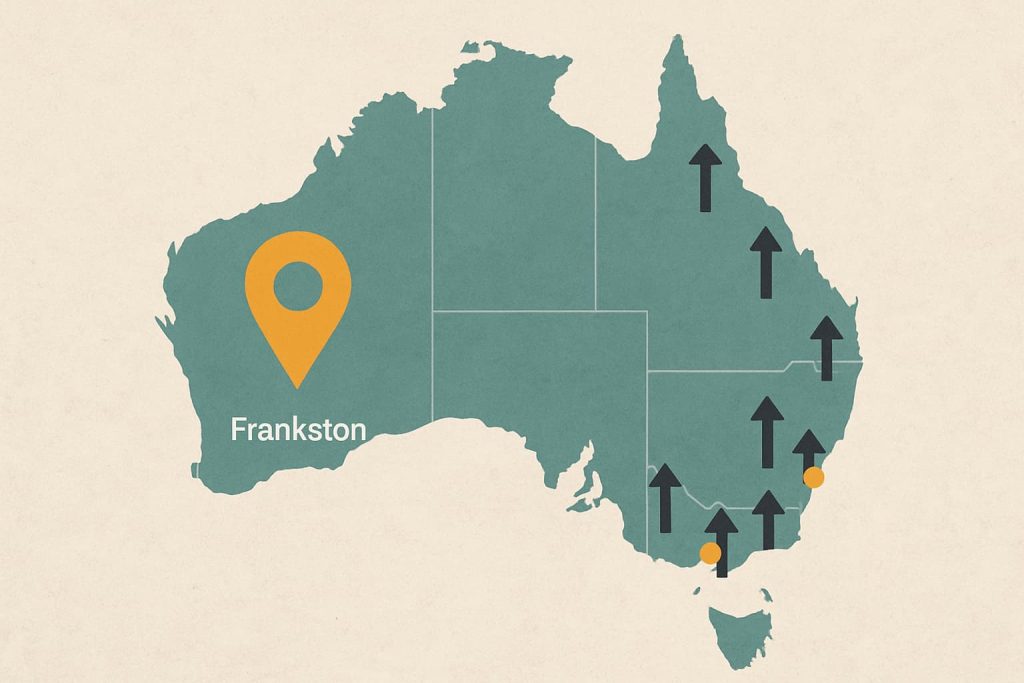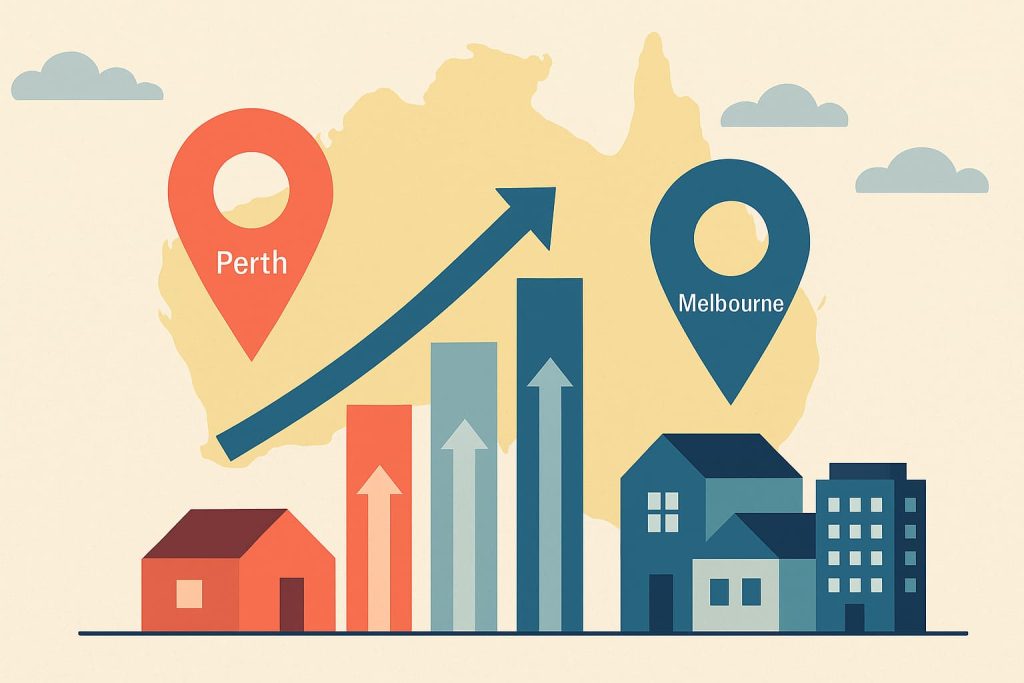While some mortgage borrowers may be hoping the appointment of a new Reserve Bank governor may mean a new approach for interest rates, there’s one main driver that makes this scenario unlikely for now and that’s higher wages.
The RBA will be hard pressed not to keep lifting the official cash rate and it’s not rising company profits putting the most pressure on, it’s rising labour costs.
Up to this point, the RBA has lifted interest rates from record lows of 0.1 per cent to 4.1 per cent, but it may not be enough to rein in the national inflation rate back down to the central bank’s 2-3 per cent target in a reasonable time frame.
While outgoing governor Philip Lowe has made recent comments indicating the RBA may have to lift rates again over the coming months, it may not be fast enough to slow inflation that’s being fuelled by a wage/price spiral.
“Over time, there is a close relationship between inflation and the rate of growth in unit labour costs,” Mr Lowe said in a recent speech, adding that unit labour costs of around 7.5 per cent were as high as they have been since the RBA started it’s inflation-busting monetary policy.
It may come as a surprise but it’s not higher wages per se that is the main driver here, but rather the worst labour productivity Australia has seen in decades.
While the recent 8.6 per cent rise in the minimum wage and the 5.75 per cent increase in all award wages affect more than a quarter of the population and certainly will pour petrol on the inflation fire, the Australian Financial Review’s Christopher Joye said there’s a number of reasons for the poor productivity results.
Mr Joye points to possible under-investment in capital and technology, COVID, unskilled workers forced into jobs due to very low unemployment, and a general entitled and lazy attitude after many years of prosperity.
The best ways to improve these productivity problems are to invest in new technology like artificial intelligence, improve the way you use the infrastructure and systems you already have, and of course the dreaded staff restructures where workers get laid off.
Coolabah Capital Investments chief macro strategist Kieran Davies said the high rises in retail prices as a result spell bad news for those hoping the RBA is done with its run of interest rate hikes.
“Getting inflation under control within a reasonable timeframe will require the RBA to fall into line with peer policy rates and continue to lift its cash rate target into the high 4 to low 5 per cent range,” he told the AFR.
Mr Davies said the latest RBA estimates show that if the cash rate was at 4.6 per cent, it would mean around 19 per cent of all borrowers would have negative cash flows, and he predicts the trifecta of a large mortgage default cycle, a recession and falling house prices as a result.



